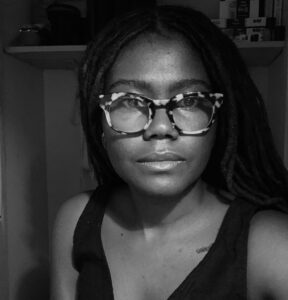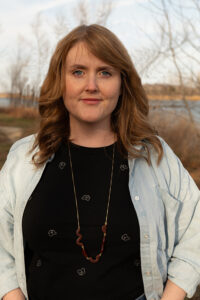Join us for a camera demo workshop to learn the basics of photography!
Latitude’s Executive Director Colleen Keihm and current Artist in Resident Anwulika Angibo will host a Camera Demo workshop here at the Southside Community Art Center in a special continuing partnership with Latitude Chicago.
Guests are invited to bring an analog or digital camera to the workshop to learn more about manual settings, lighting, and digital output methods like how to upload and change image size.

Anwulika Anigbo (b. Nigeria 1987) is a Chicago-based artist tracing the historical and somatic roots of everyday life as it is practiced within blackness through imagery and processes. Anwulika’s work chronicles and investigates self-determination, presence, knowledge production, and memory. Her work has been exhibited at The Czong Institute for Contemporary Art (South Korea), Chicago Artist Coalition (Chicago), EXPO Chicago with FOR FREEDOMS (Chicago) and the NXTHVN (New Haven). She was recently a 22-23 Fellow with the Economic Security Project, the 22-23 Artist in Residence at Chicago Athletic Association, a 21-22 Artist in Residence at the Chicago Artist Coalition, and a 2022 3Arts Ignite Fund Awardee.
Her work is included in the collection at 21c Museum, Ryan Lee Gallery, and various private collections.




